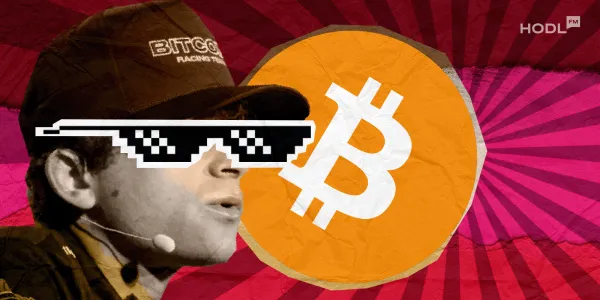Japan has achieved what many of its regional peers have only considered: a stablecoin capable of moving freely across international borders.
JPYC, the newly launched yen-pegged stablecoin, represents the first fully redeemable digital yen backed by Japanese bank deposits and government bonds. Unlike regional initiatives that remain largely domestic, JPYC is designed for global circulation. The issuer will not charge transaction fees, generating revenue instead from interest earned on holdings of Japanese government bonds (JGBs).
This structure allows the stablecoin to operate sustainably without chasing speculative yields, setting it apart from many other projects in the market.
Convertibility as a core advantage
The primary differentiator is the yen’s convertibility. While currencies like the Korean won or Taiwan dollar are restricted to domestic use, the yen can be freely traded offshore. This flexibility stems from reforms in the 1980s that dismantled Japan’s postwar capital controls, creating the euro-yen market, an offshore network where global banks and investors borrow, lend, and trade yen without limitation.
By contrast, South Korea’s strict foreign exchange regulations keep the won onshore, restricting any won-backed stablecoin to domestic users. Taiwan faces similar limitations; even though the New Taiwan dollar is technically convertible, regulations require all reserves to remain onshore, preventing cross-border circulation. Hong Kong, while more open, uses a currency already pegged to the U.S. dollar, which diminishes the need for a dedicated local stablecoin.
Japan’s openness gives JPYC genuine utility beyond domestic payments. With long-term JGB yields exceeding 3%, the stablecoin can rely on interest income for sustainable operations. This approach reduces the reliance on high-risk or speculative strategies to generate returns, making JPYC a stable, predictable instrument for investors and institutions. In a market increasingly focused on regulated and yield-backed stablecoins, the timing could not be better.

On-Chain forex potential
Daily global foreign exchange turnover now exceeds $7 trillion, with the yen participating in roughly 17% of trades. The USD/JPY currency pair is among the most actively traded in the world. With both Japan and the U.S. embracing regulated fiat-backed stablecoins, the stage is set for an on-chain FX market. Such a market would bring one of the world’s most liquid currency pairs into the decentralized realm, linking two fully reserved, regulated digital currencies. A robust USD/JPY stablecoin pair could enable faster, cheaper cross-border settlement across Asia and beyond.
If both tokens achieve deep liquidity and redemption transparency, they may become the backbone of a multi-currency digital economy, effectively replicating traditional FX relationships on-chain.
The path ahead
Despite JPYC’s structural advantages, the question of adoption remains. The euro has similar global credentials, yet euro-denominated stablecoins have never gained meaningful traction. Japan despite anything is quickly becoming a hub for regulated, yen-backed stablecoins, blending blockchain innovation with traditional finance. Ripple’s partnership with SBI has introduced RLUSD, a fully regulated digital yen designed to streamline cross-border payments and improve liquidity within Japan’s financial system. This initiative demonstrates how stablecoins can operate within existing regulatory frameworks while offering faster, more efficient settlement solutions.
If successful, it could establish the yen as not only a major reserve currency but also a digital instrument capable of facilitating global commerce on blockchain networks.

Disclaimer: All materials on this site are for informational purposes only. None of the material should be interpreted as investment advice. Please note that despite the nature of much of the material created and hosted on this website, HODL FM is not a financial reference resource and the opinions of authors and other contributors are their own and should not be taken as financial advice. If you require advice of this sort, HODL FM strongly recommends contacting a qualified industry professional.




